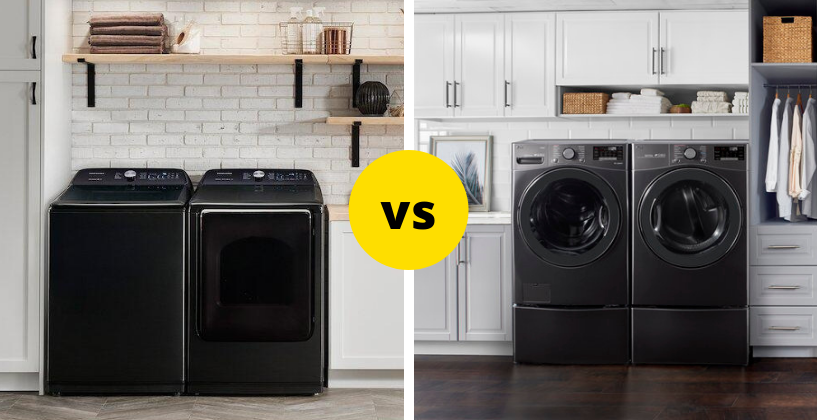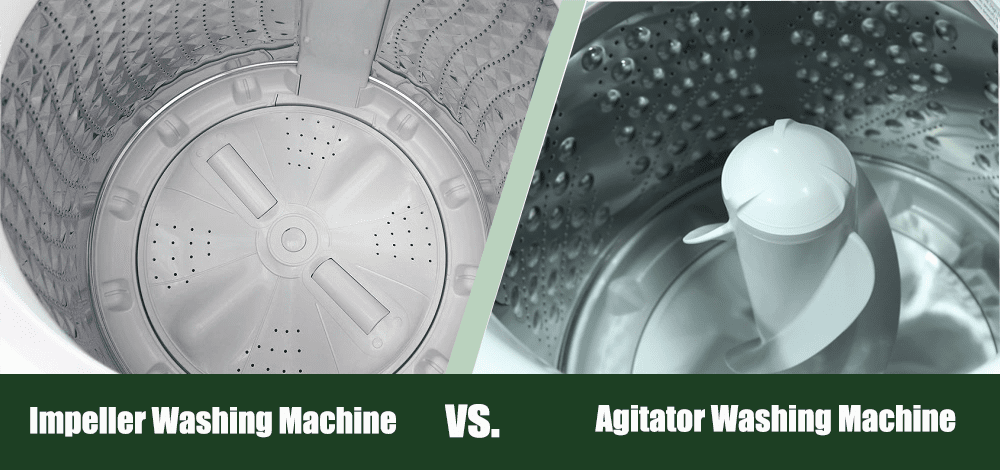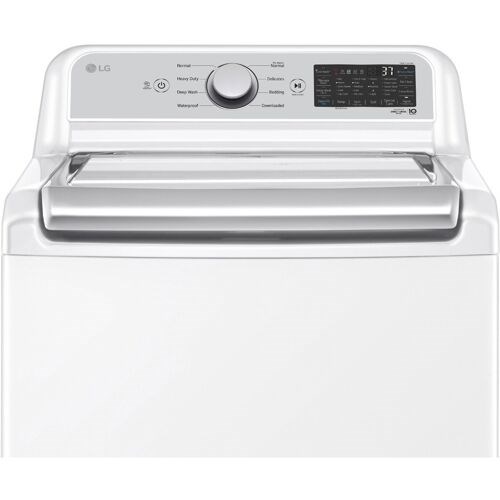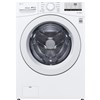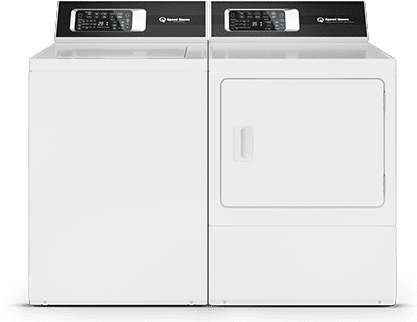Front load washers and dryers are designed with the door on the front of the machine, and the drum is oriented horizontally. This design allows the drum to rotate in a circular motion, which can be more gentle on clothes and help them last longer. Front load machines also tend to be more energy efficient and can be more convenient to use, as you can easily add or remove items from the wash without having to bend down.
Top load washers and dryers have the door on the top of the machine and the drum is oriented vertically. This design allows you to easily load and unload clothes, but the drum doesn't rotate as gently as in front load machines, which can cause clothes to wear out more quickly. Top load machines are generally less expensive than front load machines and may be a good choice if you're looking for a more budget-friendly option.
Both types of washers and dryers can be effective at cleaning and drying clothes, but front load machines are generally considered to be more gentle on clothes and more energy efficient, while top load machines are generally less expensive and easier to load and unload. Ultimately, the decision between a front load and top load machine will depend on your personal preferences and budget.
Which last longer top load or front load?
Front load washers and dryers are generally considered to be more durable and long-lasting than top load machines. This is because the drum in a front load machine rotates in a circular motion, which is gentler on clothes and can help them last longer. The drum in a top load machine, on the other hand, agitates clothes by tumbling them up and down, which can be more rough on clothes and cause them to wear out more quickly.
Front load machines also tend to have a longer lifespan than top load machines because they have fewer moving parts, which can reduce the likelihood of mechanical failures. In addition, front load machines are often made with higher-quality materials and construction, which can contribute to their durability.
That being said, both front load and top load machines can be effective at cleaning and drying clothes, and the overall lifespan of a particular machine will depend on how well it is maintained and how often it is used. To maximize the lifespan of any washer or dryer, it's important to follow the manufacturer's maintenance recommendations and to use the machine in accordance with the instructions in the owner's manual.
Which is less expensive to repair top load or front load?
Front load washers and dryers are generally more expensive to repair than top load machines. This is because front load machines tend to be more complex and have more components, which can make them more expensive to diagnose and repair. In addition, front load machines are often made with higher-quality materials and construction, which can also contribute to the cost of repairs.
Top load machines, on the other hand, tend to be less complex and have fewer components, which can make them less expensive to repair. They are also generally made with lower-quality materials and construction, which can further reduce the cost of repairs.
That being said, the overall cost of repairs for a particular washer or dryer will depend on the specific issue that needs to be fixed and the availability of replacement parts. It's also worth noting that regular maintenance can help extend the lifespan of a washer or dryer and reduce the need for repairs, so it's important to follow the manufacturer's maintenance recommendations and to use the machine in accordance with the instructions in the owner's manual.
Which is better on energy consumption?
Front load washers and dryers tend to be more energy efficient than top load machines. This is because front load machines use less water and have a more efficient wash cycle, which can help reduce energy consumption. Front load machines also tend to have a higher spin speed, which can help remove more water from clothes during the spin cycle and reduce the amount of time and energy required to dry them.
Top load machines, on the other hand, tend to use more water and have a less efficient wash cycle, which can increase energy consumption. They also tend to have a lower spin speed, which can leave more water in clothes after the spin cycle and require more energy to dry them.
It's worth noting that the overall energy consumption of a particular washer or dryer will depend on a variety of factors, including the size of the machine, the type of energy source being used, and the specific features and settings of the machine. To maximize energy efficiency, it's important to choose a machine with an Energy Star label, which indicates that it meets strict energy efficiency guidelines set by the US Environmental Protection Agency. It's also important to use the machine in accordance with the instructions in the owner's manual and to follow the manufacturer's maintenance recommendations.

